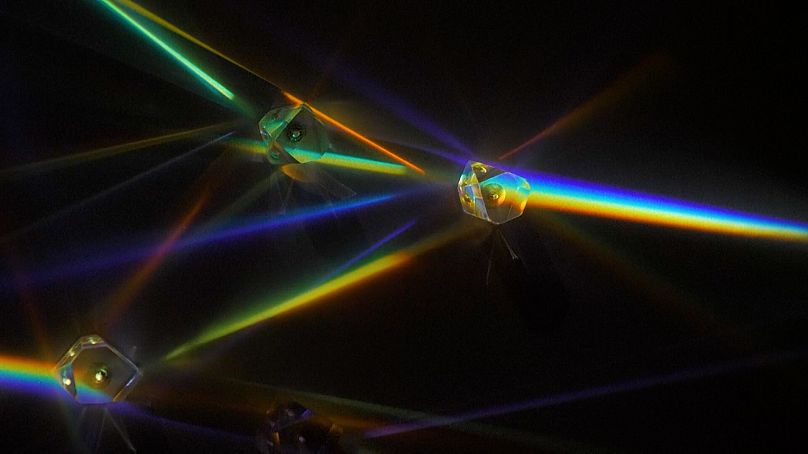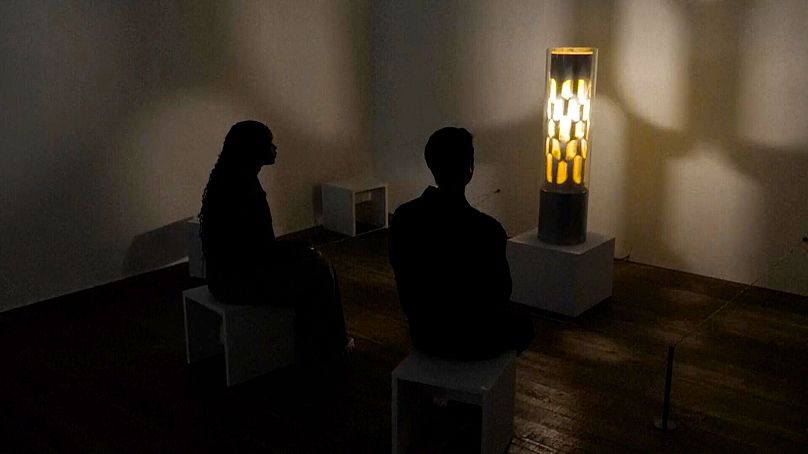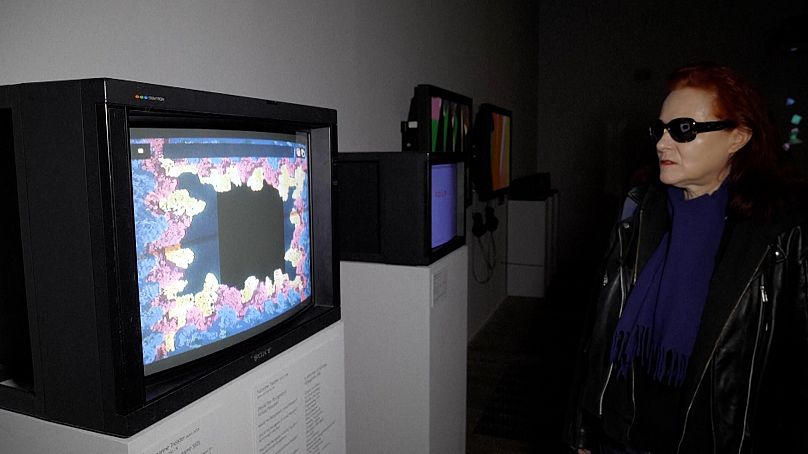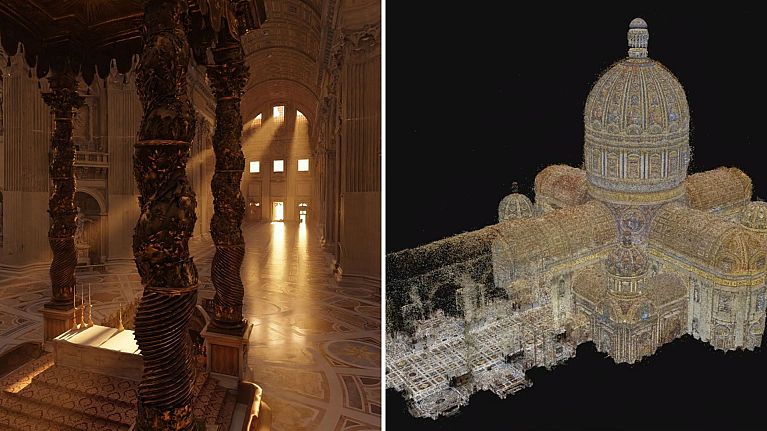The exhibition features 150 works by 70 artists from around the world, showcasing the innovative use of tools like LED lights, CRT monitors, and kinetic sculptures.
A new major exhibition at the Tate Modern in London is exploring how artists from the 1950s to the 1990s used early technologies to create stunning works that ushered in the digital age.
Titled, "Electric Dreams: Art and Technology Before the Internet", the show features kinetic, digital, and immersive art by 70 visionary artists from all across the globe, showcasing how they embraced emerging tools to imagine new utopian futures.
"What we're trying to do in this show is look at the generation of artists from the 50s to the 1990s, just before the internet, the World Wide Web, who were kind of envisaging the digital world that we live in now, but using quite rudimentary tools to do so," explains Catherine Wood, the director of exhibitions at Tate Modern.
One of the standout works, Alberto Biasi's Light Prisms: Spectral Kinetic Mesh (1966), a mesmerising installation that channels beams of light through prisms, creating a vibrant rainbow of shifting colours. The effect is both hypnotic and otherworldly, reminiscent of the imagery found on Pink Floyd's "The Dark Side of the Moon" album cover.
Another notable piece is Venezuelan artist Carlos Cruz-Diez's Chromointerferent Environment, an immersive and psychedelic installation. Visitors can interact with white balloons which bounce playfully within a dynamic projection of red, blue, green, and black lines that ripple and glitch across the walls.
Elsewhere, Narcissus’ Digital Reflections (1992) by Monika Fleischmann and Wolfgang Strauss presents an eerily prescient glimpse into the era of social media. A touchscreen resembling water, ripples at visitors' touch, paired with a camera that projects their image onto its surface. This reflection is enlarged on the wall, allowing others to observe people interacting with their own likeness.
"These are artists who, instead of using oil paint or bronze, used the tools of technology that were available to them to try to picture a kind of utopian future, after all the disruption of the Second World War, to try and think like "how can we make work that connects us to the modern world we're living in?" says Wood.
There are 150 works at the show and the technologies employed are varied and grow more advanced as you progress through the space.
Art critic Tabish Khan enjoyed the show and says: "It's this idea that technology and art have always been interlinked. So a lot of the things here will look quite lo-fi, but that shows that artists have always been using technology."
Compared to today's artists - where the use of digital manipulation of images and AI is commonplace - many of the technologies look 'rudimentary' to modern eyes. LCD digits, LED lights and projections might not seem radical today, but at the time they were cutting edge.
"I think there is a nostalgic value to this art, in that it reminds you of times gone by. But also it's important to chart that every product of art today came from somewhere. And this is the journey that it took to get to where it is today," says Khan.
"Electric Dreams" runs from 28 November until 1 June 2025 at the Tate Modern in London.


















